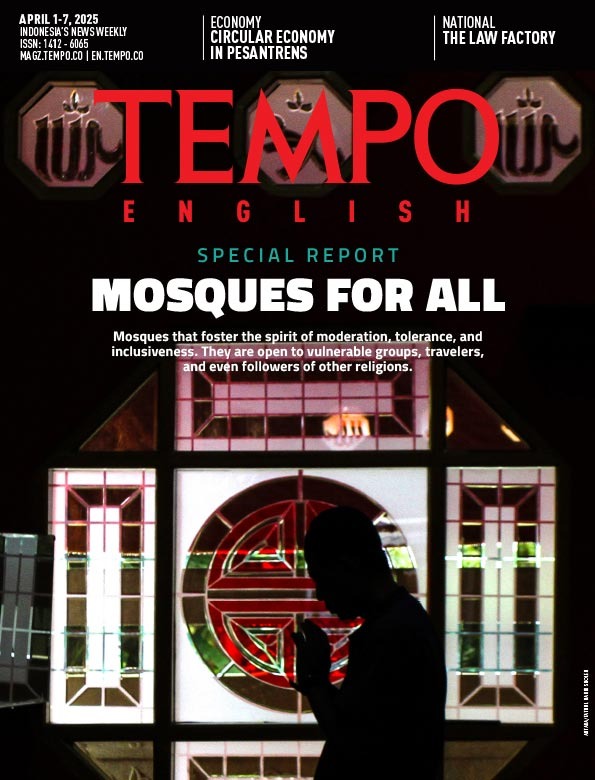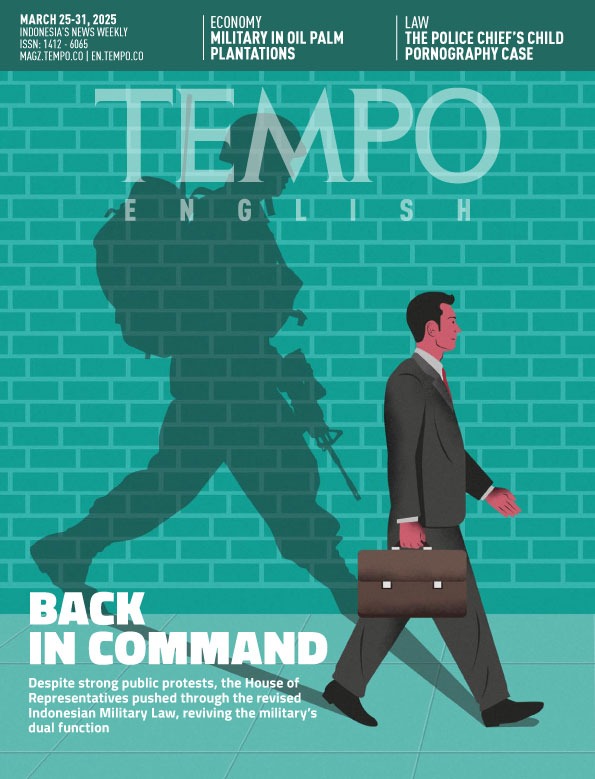Triyanto Triwikromo
Reliving an Enigmatic Leader
Tuesday, January 12, 2016
CHOOSING poetryinstead of a novel, let alone a biographyto write about a historical figure, Triyanto Triwikromo has taken the less easy path. In modern Indonesian literature, narrative poetry is a literary form very rarely used to describe a political figure well-known to many people. However, in his anthology, Kematian Kecil Kartosoewirjo ('Kartosoewirjo's Little Death', Gramedia Pustaka Utama, January 2015), Triyanto succeeds in reconstructing the figure of Sekarmadji Maridjan Kartosoewirjo, the leader of the Darul Islam ('House of Islam') rebellion.
Readers, those wishing to find the complete historical figure of Kartosoewirjo, will be disappointed. Fifty-two narrative poems in the anthology has made the figure of Kartosoewirjo emerge as if splintered in numerous fragments, and even this is devoted to only the last moments of his life before the firing squad. But, herein lies the poet's skill in maximizing the monologue form. In his first-person description, the portrayal of Kartosoewirjo's becomes very personal and maintains certain integrity, one left free from the narrator's interference. When Triyanto bows down to the readers' demand, it is only when he flashbacks to Kartosoewirjo's childhood, and when he befriended and at the same time, opposes Sukarno, while studying under national hero H.O.S. Tjokroaminoto.
arsip tempo : 174407683246.

CHOOSING poetryinstead of a novel, let alone a biographyto write about a historical figure, Triyanto Triwikromo has taken the less easy path. In modern Indonesian literature, narrative poetry is a literary form very rarely used to describe a political figure well-known to many people. However, in his anthology, Kematian Kecil Kartosoewirjo ('Kartosoewirjo's Little Death', Gramedia Pustaka Utama, January 2015), Triyanto succeeds in reconstructing the
...
Subscribe to continue reading.
We craft news with stories.
 For the benefits of subscribing to Digital Tempo, See More
For the benefits of subscribing to Digital Tempo, See More








